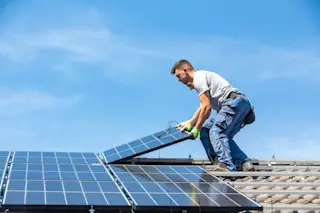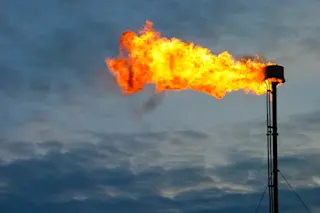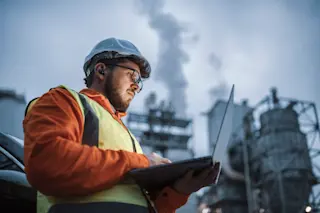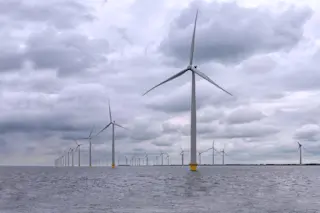When a small coal-fired power plant opened in northern Germany last September, it was heralded as the first example of a technology that could save us from the ravages of global warming, while allowing us to keep burning cheap and plentiful coal. The demonstration plant, built and operated by the Swedish power company Vattenfall, was designed to capture its carbon dioxide emissions and to pump them deep underground in a process called carbon capture and storage (CCS). But the project has thus far been
a victim of "numbyism" – not under my backyard [The Guardian].
The plant's managers say they've captured about 1,000 tons of carbon dioxide, but they haven't been able to pipe it underground to the selected underground zone, where scientists say the atmosphere-warming carbon dioxide would instead be trapped in the rocks. Locals, apparently, aren't so sure about the technology.
"It was supposed to begin injecting by ...














